Wandering With Intent: Essays
Scribe, $35 pb, 270 pp
Mapping the grey zone
Maps are central to Kim Mahood’s practice as a writer, artist, and intercultural collaborator. She began making them in the wake of her father’s death in a helicopter mustering accident thirty years ago. This tragic event compelled her to make a pilgrimage to the country where she spent her late childhood and teenage years living on Mongrel Downs cattle station in the Tanami Desert. This journey became the subject of her award-winning memoir, Craft for a Dry Lake (2001). This journey set in motion a renewed relationship with the place that has seen her return to the Tanami annually for more than twenty years. The relationships that developed during this period resulted in Mahood’s longstanding preoccupation with maps and mapmaking developing into collaborative mapping projects with Walmajarri and Jaru peoples, the contours of which she traces in her second book Position Doubtful: Mapping landscapes and memories (2016).
Mahood’s interest in collaborating with First Nations people to co-create maps was entangled with her family’s role in dispossession; her own name is etched onto a map of the area, which was created by her father. She acknowledges in Position Doubtful that ‘exploration and colonisation are part of my heritage’. As symbolic representations of places that help us to figure out where we are and where we want to go, maps are an apt metaphor for Mahood’s body of writing that centres on the uncertain search for self and meaning in the colonised landscape of the Tanami deserts.
Mahood’s new book, Wandering with Intent, brings together a collection of essays written over a period of fifteen years that traverses terrain that has been shaped by both a lifetime of experience in the desert regions at the centre of the continent and the ‘undertow of its original custodians’. Having lived in ‘the zone between black and white’, at places such as Hooker Creek, Finke, Alice Springs, Mongrel Downs, and, later, the communities of Mulan and Balgo, Mahood’s life, as she describes it, has been ‘entangled in particular Aboriginal families in multiple ways’ and her ‘sense of the world has been constructed by that experience’. Mahood’s writing is compelled by this point of intersection and emerges from her observations of the places, both physical and psychic, where cultural systems encounter and ‘battle and subvert each other’.
Continue reading for only $10 per month. Subscribe and gain full access to Australian Book Review. Already a subscriber? Sign in. If you need assistance, feel free to contact us.



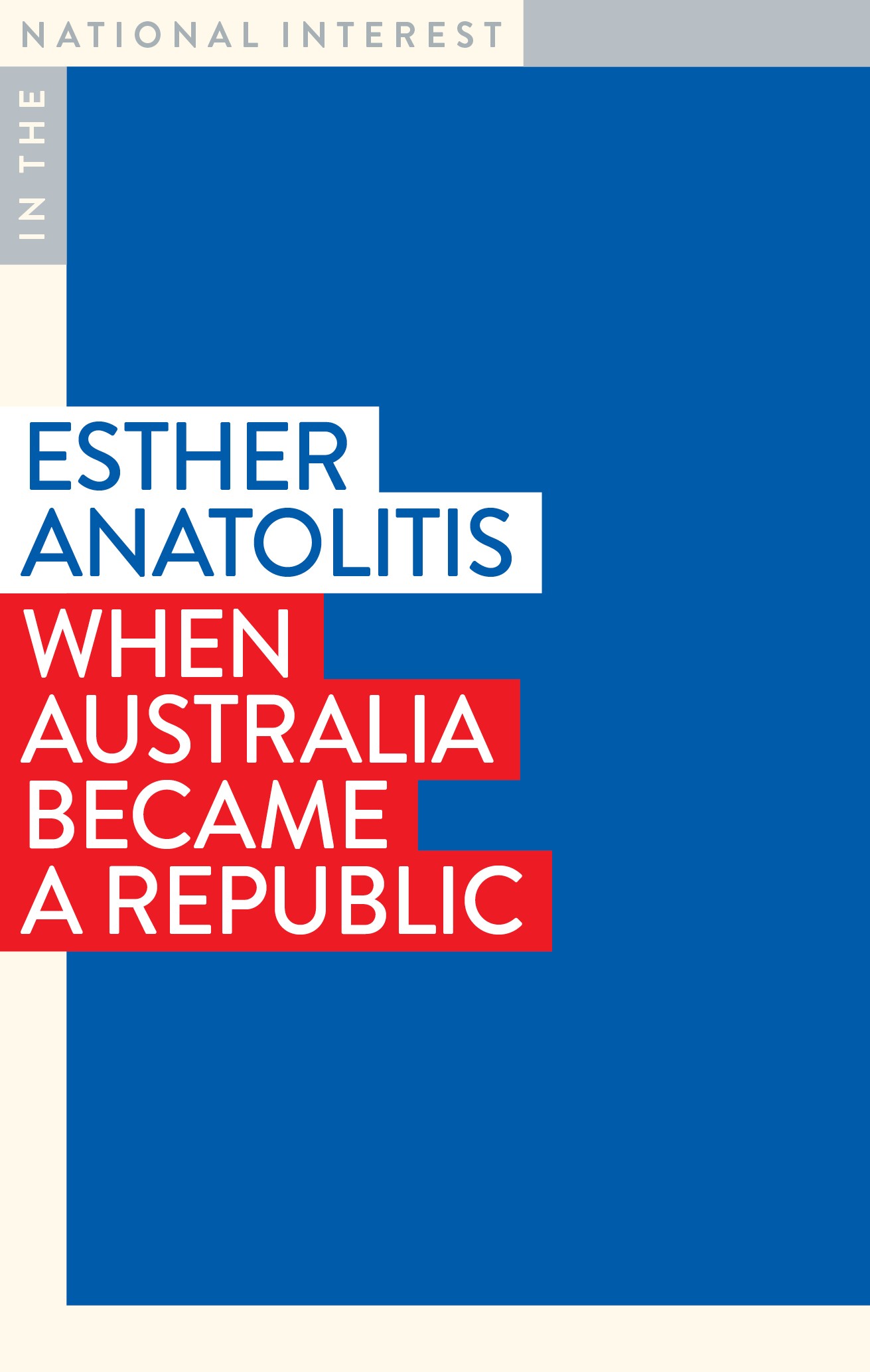
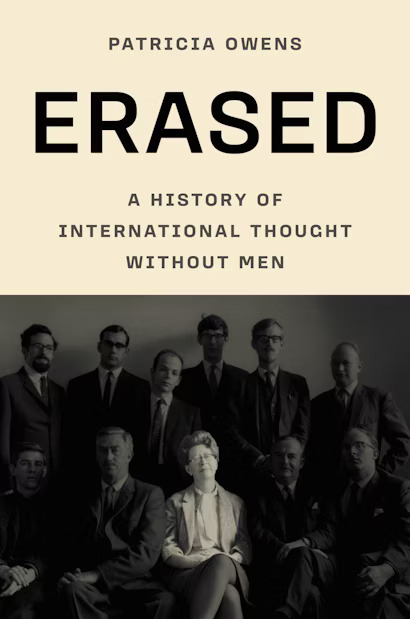
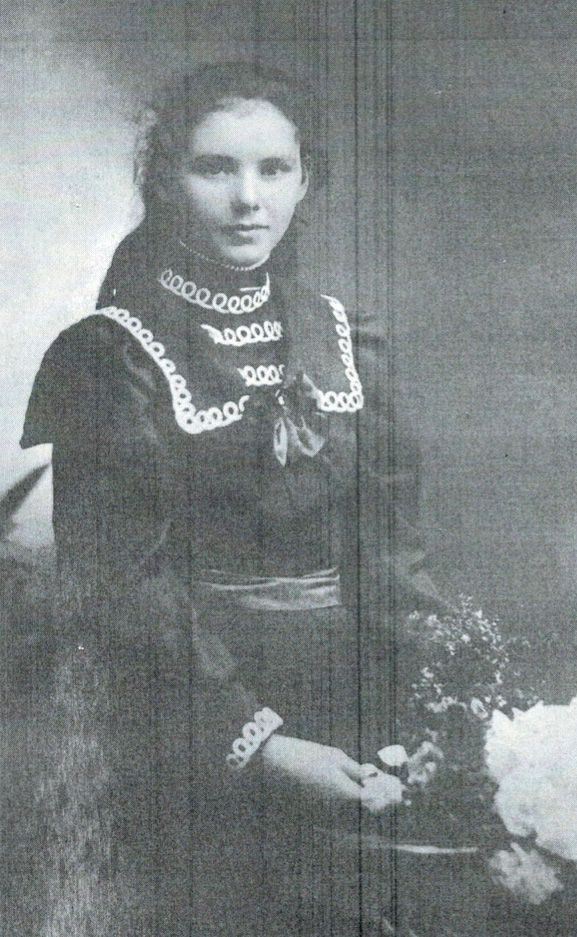
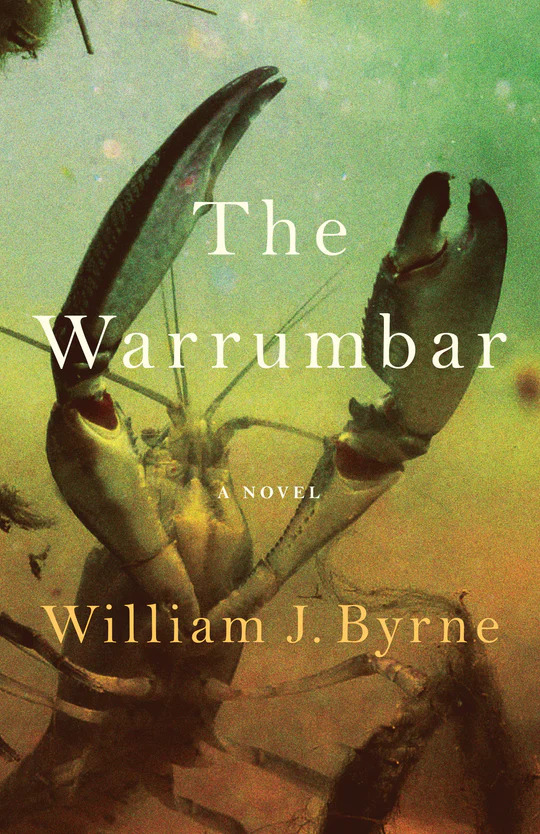
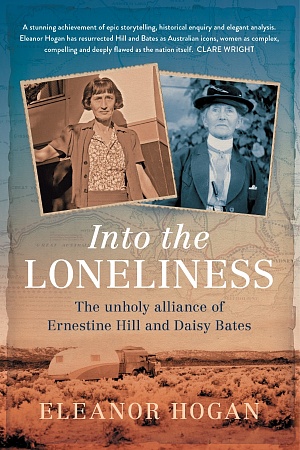



Leave a comment
If you are an ABR subscriber, you will need to sign in to post a comment.
If you have forgotten your sign in details, or if you receive an error message when trying to submit your comment, please email your comment (and the name of the article to which it relates) to ABR Comments. We will review your comment and, subject to approval, we will post it under your name.
Please note that all comments must be approved by ABR and comply with our Terms & Conditions.